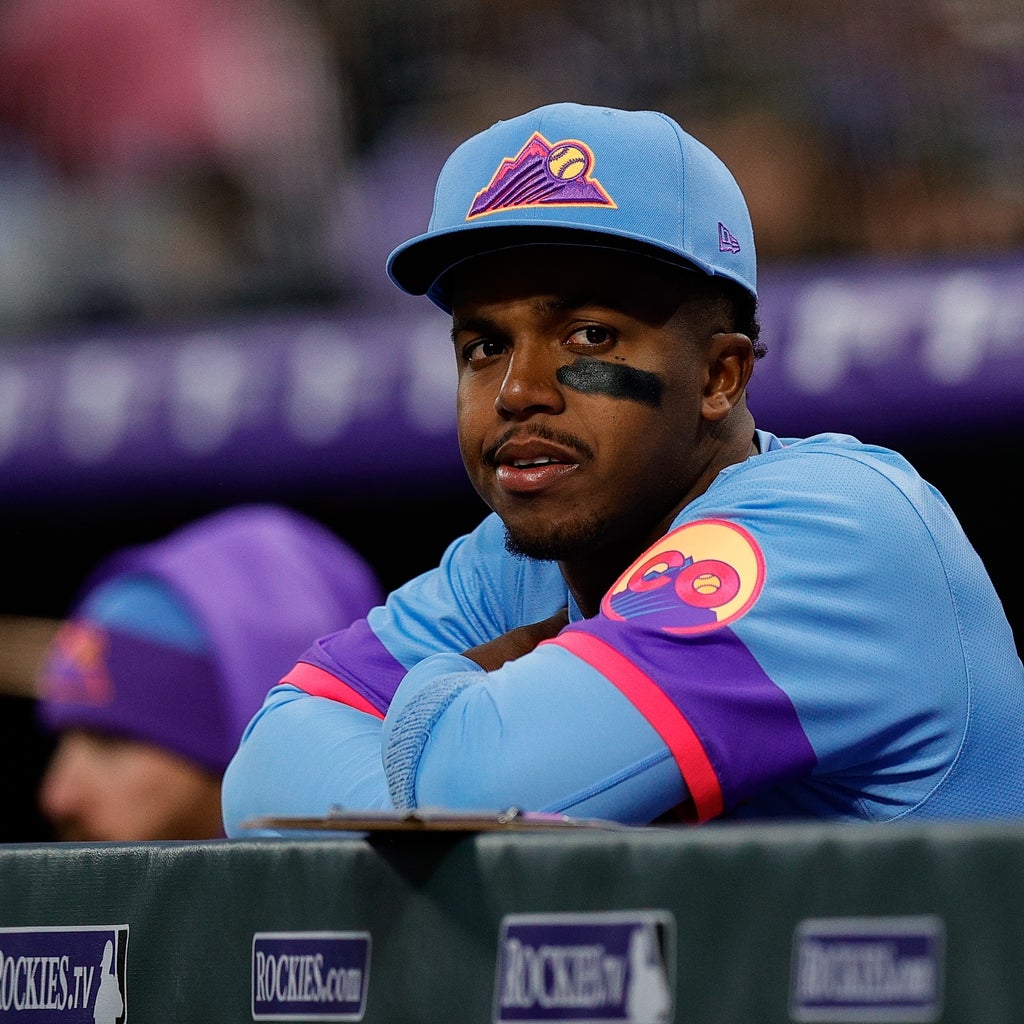Under Maintenance
We deeply apologize for interrupting your reading but Vendetta is currently undergoing some important maintenance! You may experience some layout shifts, slow loading times and dififculties in navigating.

The Colorado Rockies are a complete dumpster fire. Even after their 3-2 win over the New York Yankees on Friday, their 9-42 start is the worst in MLB History, according to Stathead. They’re currently on track to go 29-133, which would be the worst record since the 1899 Cleveland Spiders went 20-134.
But how bad are they statistically relative to others in the live-ball era (1920-present)? I pulled back the curtain a little bit to examine!
(Editor’s Note: 2,747 different teams have existed from 1920 to 2025, according to FanGraphs.)
Yes, using batting average and only batting average is pretty antiquated. Though it is helpful to analyze hitters when they’re batting, say, over .300 (or worse than .200). Not all hits are created equally, but the aforementioned numbers don’t do Colorado any favors. They only have two qualified hitters (Hunter Goodman, Jordan Beck) hitting above .215.
I was surprised to see their AVG+ be only 11 percent below league average, though they play half their games in (by far) the most hitter-friendly ballpark in MLB. At home, they are hitting just .243, which would grade in the 12th percentile extrapolated over 162 games.
I think using on-base percentage is just as important as using batting average, even though there is still value in putting the ball in play (especially if there’s RISP). The biggest difference between OBP and AVG is how many walks a player draws, but it also includes the occasional HBP. Teams typically see more pitches in the modern day than they used to (conversely leading to more K’s, which we’ll go over later).
Only three qualified Rockies hitters sport on-base percentages above .277, which is mind-numbingly bad. Only three teams over a full 162-game season have finished with an OBP of .286 or lower for a full season since 1981: Last year’s Chicago White Sox (.278), 2022 Oakland Athletics (.281) and 2022 Detroit Tigers (.286)
Not all hits are created equal, and weighted on-base average is a sabermetric that more accurately quantifies offensive value (relative to their run value). Surprise, surprise: The Rockies are still horrific.
OPS (OBP + SLG) is a statistic commonly used in modern-day baseball to evaluate hitters. In the live-ball era, the league average OPS has dipped below .664 just once: In 1968, when it was .639; for perspective, league average OPS in 2025 is .712, which would be MLB’s second-lowest mark since 2014 (.700). FanGraphs doesn’t have OPS+. So I used wRC+; weighted runs created (wRC) is a sabermetric that quantifies how valuable a hitter is to their respective team, with wRC+ being league and park adjusted.
There have only been seven teams since 1992 that have posted an OPS worse than .650, but it’s pretty inexcusable that the Rockies could be one of those teams because of the ballpark they play in. Their wRC+ is an indication of that. Additionally, Colorado’s 74 OPS+ (also park, league adjusted) would make them one of 10 teams since 1950 to be 25 percent or worse over a single season, if it ended today. Harry Truman was president during that time. Yikes!
The strikeout rate isn’t surprising because teams, nowadays, strike out far more than they used to. 180 of the top 200 teams in strikeout percentage all-time were post-2015. Colorado happens to have the sixth-highest strikeout rate, 0.1 percent worse than its 2024 mark (26.8 percent).
Its walk rate isn’t as shocking. Colorado can thank Ryan McMahon for that; McMahon’s 15.6 percent walk rate is tied for the 8th-highest walk rate in MLB among qualified hitters. It’s better, but it’s still not great.
When your four most-used starters have an ERA above 6.20 … yeah, you’re probably not doing great! It’s difficult to pitch in Coors Field because of how thin the air is. But the park-adjusted factors suggest they’re still in the bottom-five percent all-time in both ERA and FIP, an ERA indicator that factors in only events that pitchers can control (strikeouts, HR’s, BBs).
Look at that! The Rockies rank in the 68th percentile in strikeout percentage. But here’s the kicker: In this era, that’s really, really bad; I didn’t list this above, but the Rockies’ 76 K%+ is tied for the 39th-worst mark ever! The last pitching staff to strikeout fewer than 16.5 percent of its batters was the 2013 Twins (15.7 percent). Pitchers have never thrown harder and their stuff is, generally, better than it used to be. There’s way more swing-and-miss in today’s MLB. When your own hitters are striking out at a 27 percent clip, there’s no excuse!
All in all, we’re only one-third of the way through the 2025 MLB Season. But when you peel back the curtain, it’s pretty jarring how bad the Rockies are compared to nearly 3,000 other teams in league history. It’s embarrassing and humiliating that nothing is being done to even try and improve the roster, which has continued to be a problem for much of the last decade.
At what point is enough, enough?!?
***
Click Here for more MLB Content
Subscribe to Vendetta’s Twitch
Subscribe to Vendetta’s YouTube
Check out Vendetta Fantasy Contests